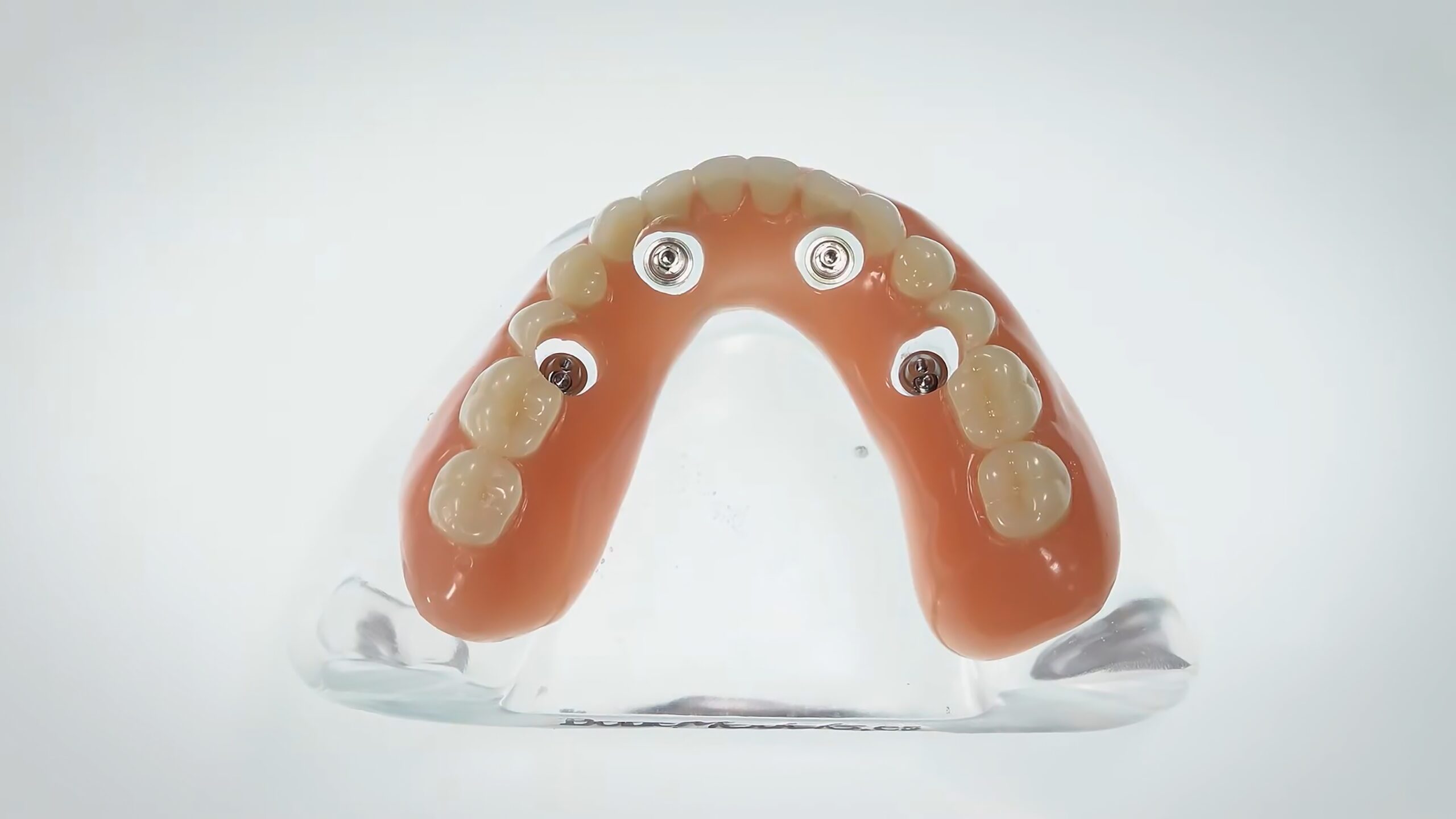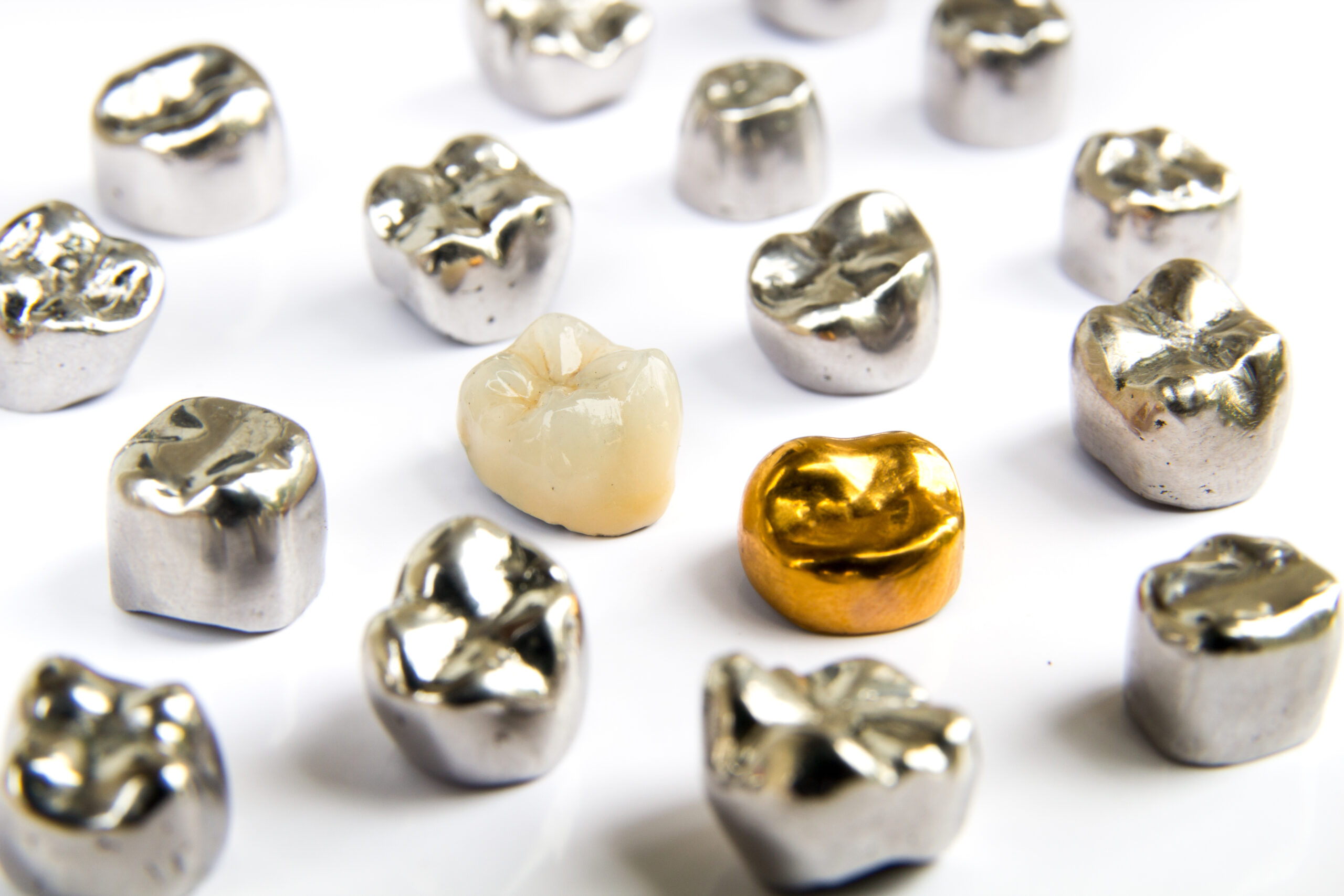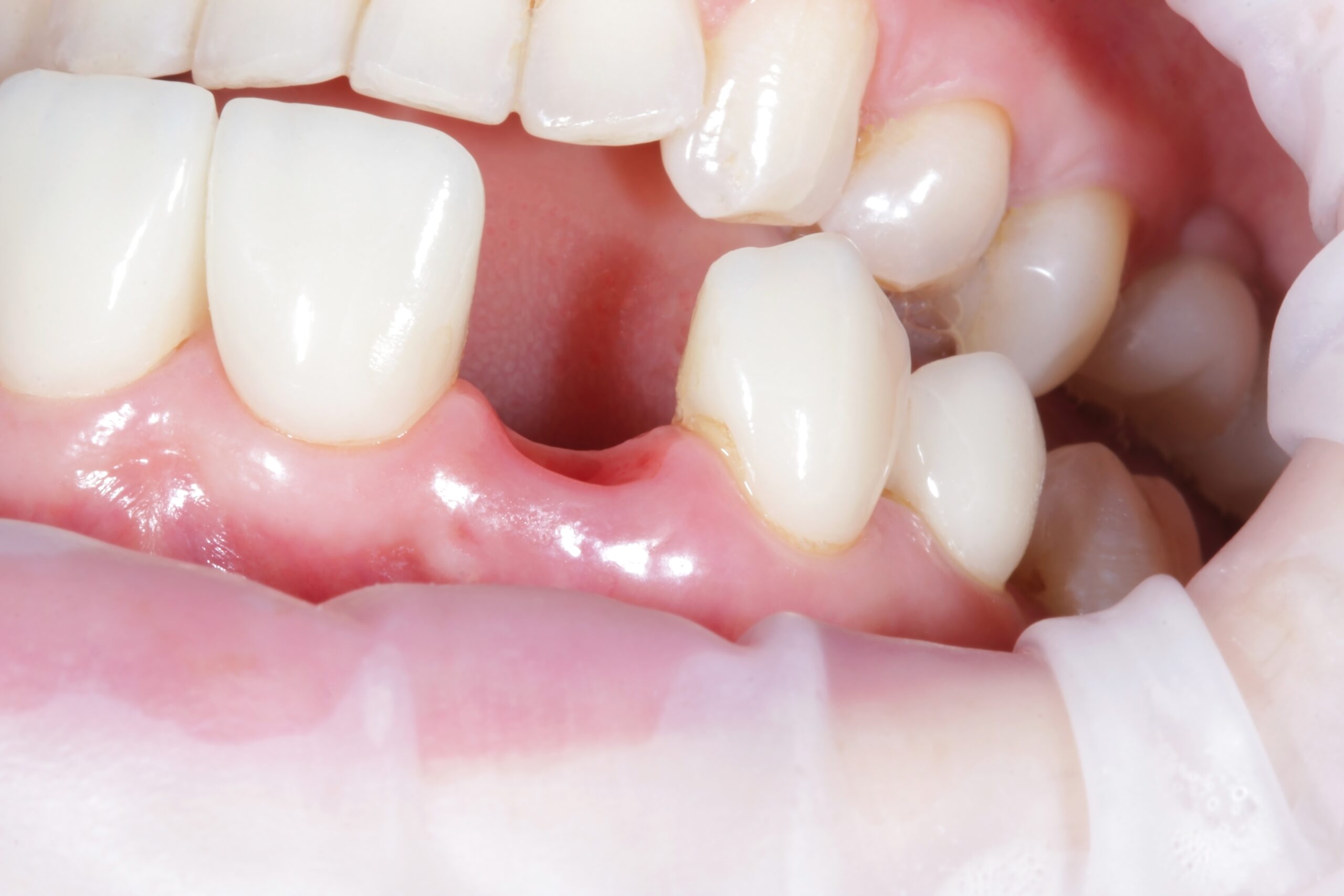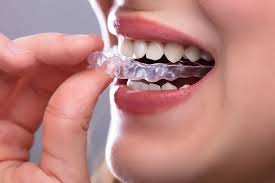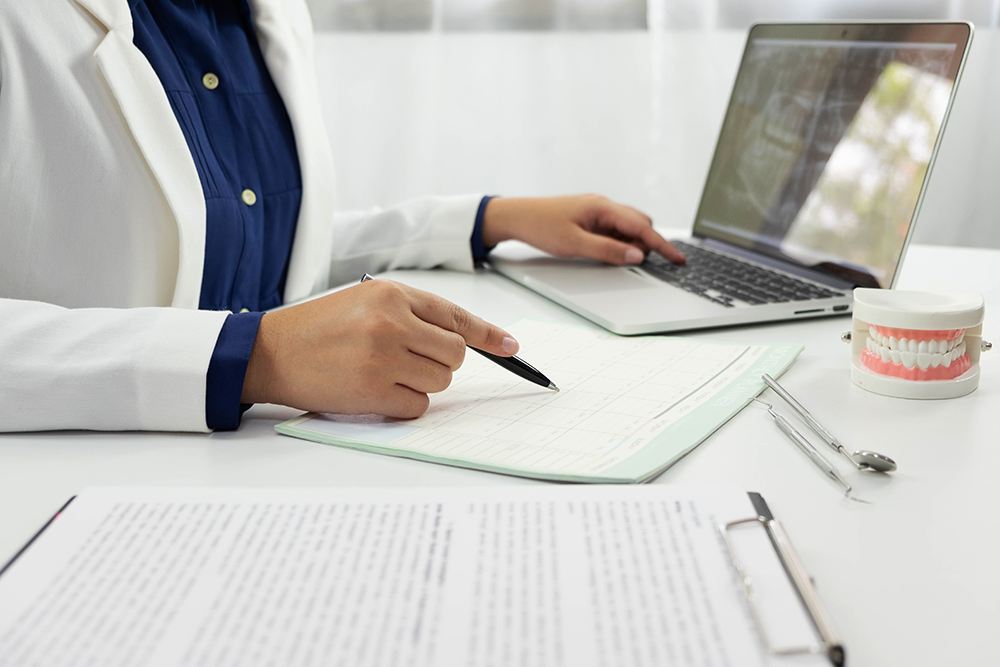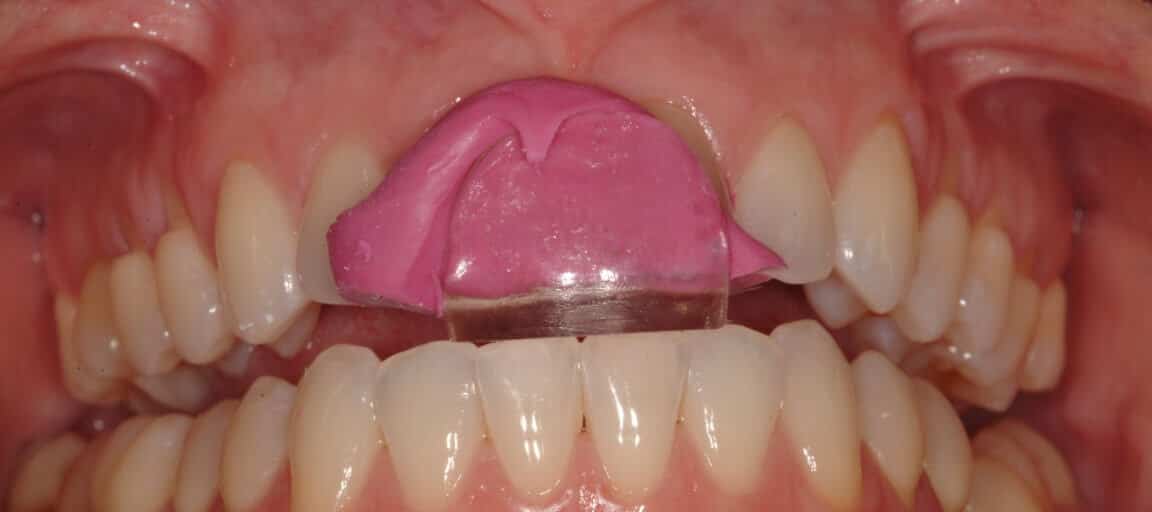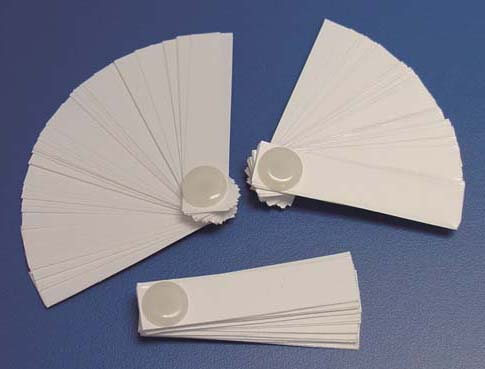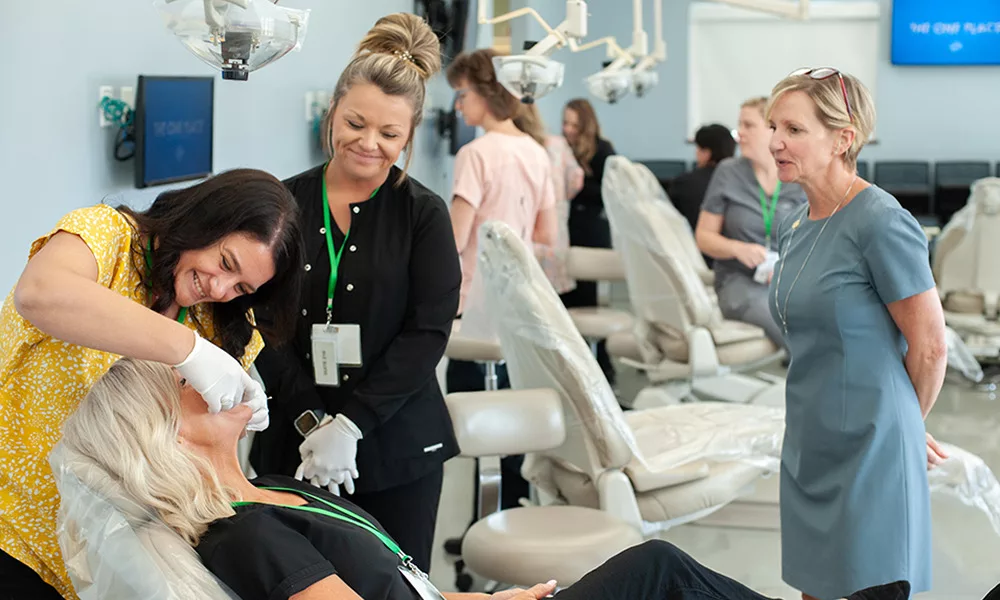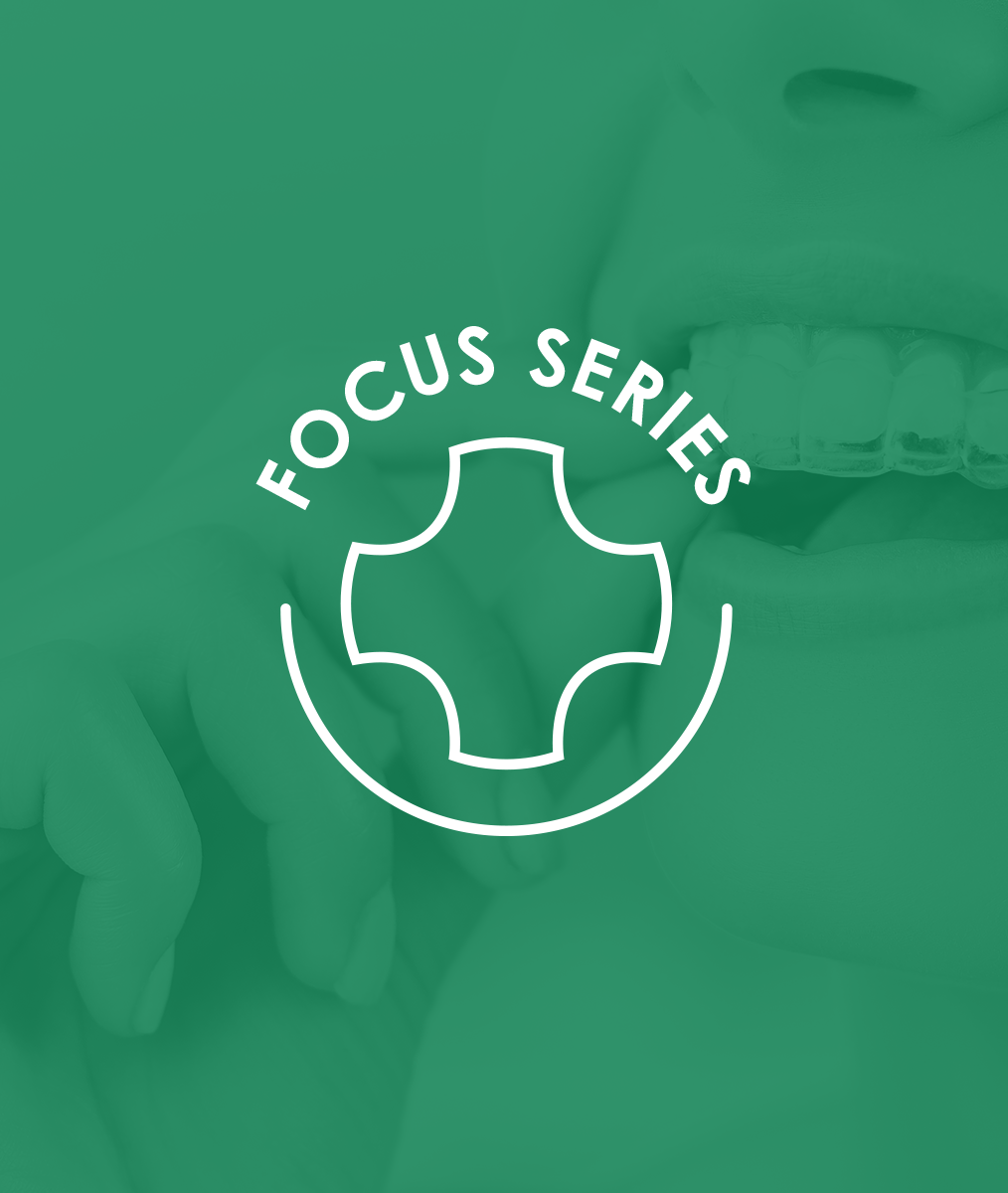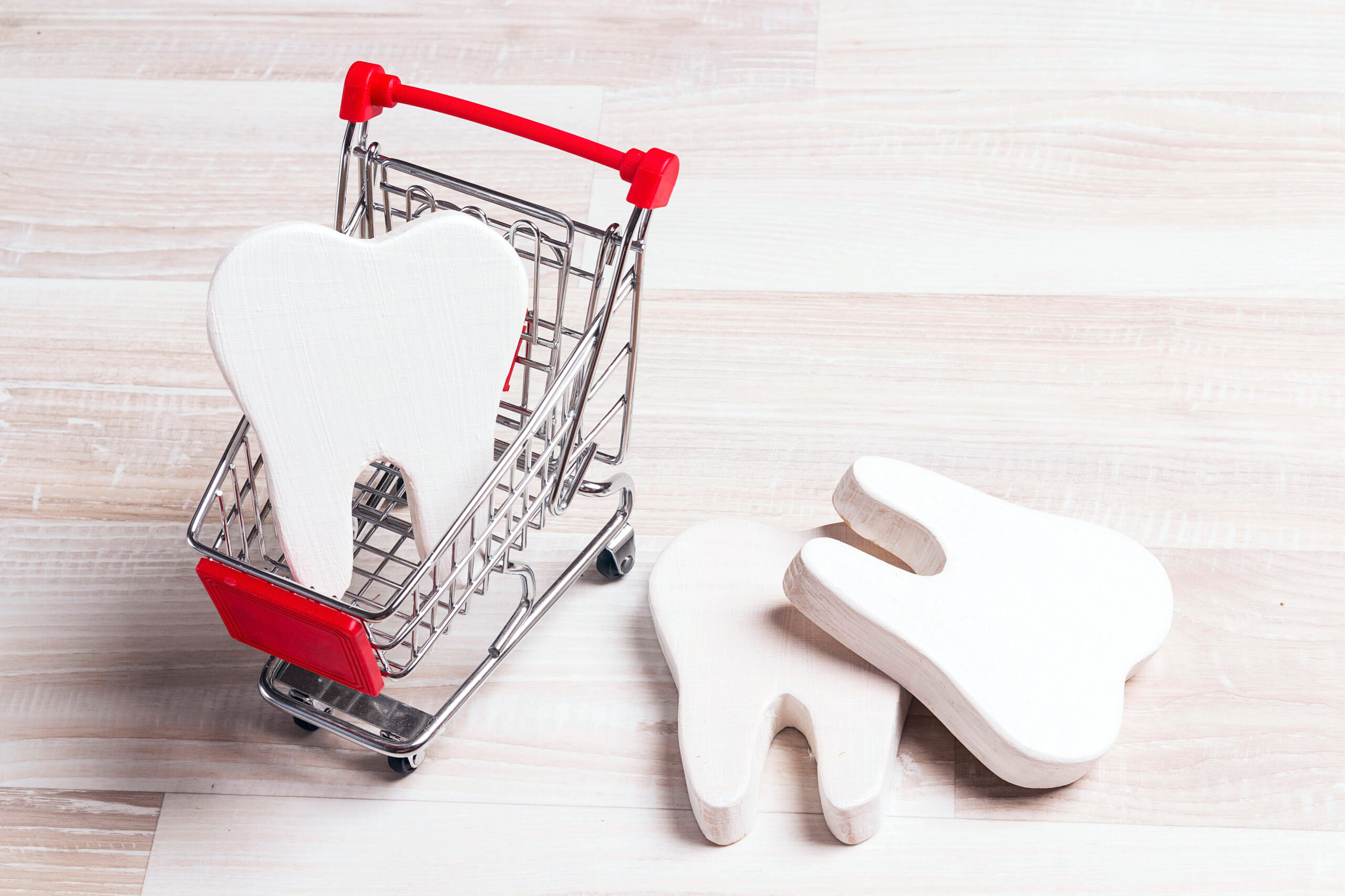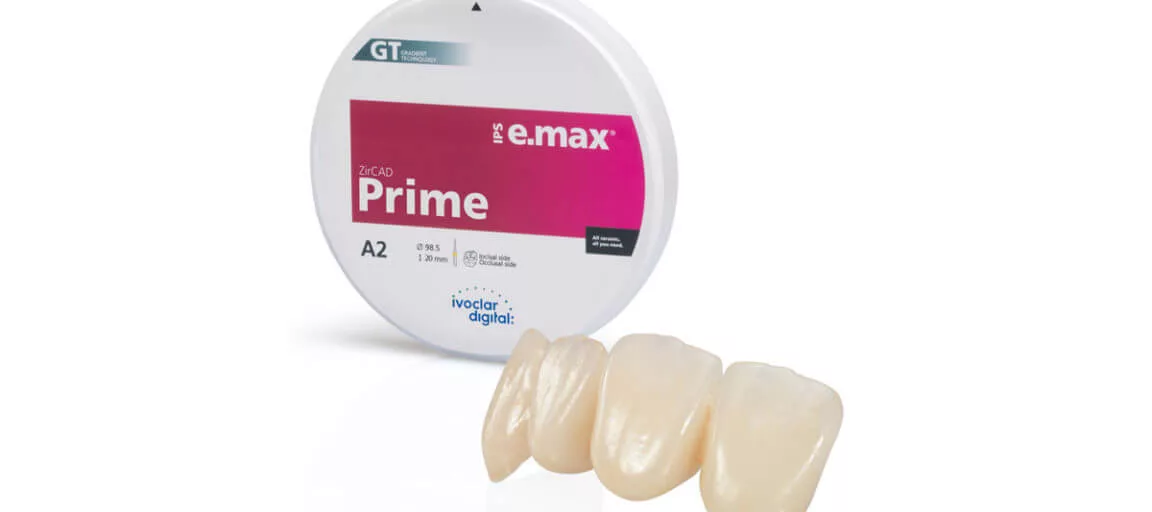One of the things that I take the opportunity to do every year in January is evaluate my fees. I am disciplined about this because the cost of doing business goes up every year.
Whether it is a low inflationary time when the cost of doing business has gone up 1-1.5%, or it is more like the recent period when the cost of doing business has gone up 7-10%, our profitability is going to decrease if we don’t adjust our fees. When profitability decreases, usually the dentist’s compensation decreases.
The Fee-by-Fee Way
We can go through our fee schedule, fee by fee, and raise them individually. Dentists who do this are concerned that they will lose patients if they raise certain fees, for example, their fees for regular recall exams and dental cleanings. Dentists who take the fee-by-fee approach tend to believe patients are less price sensitive to the cost of restorative dentistry and appliances. Some dentists cover the increasing costs of Hygiene by increasing the fees for their restorative procedures.
The Global Way
Alternatively, we can do a global fee increase that raises every fee by the same percentage. This is my preferred way. To select the rate, I will look at my 2023 end-of-year profit and loss statement (from my accountant) and compare it to my 2022 end-of-year profit and loss statement. Did I make a profit in 2023? Was it higher or lower than in 2022? I don’t want to make less profit year to year.
I will also look hard at my practice’s operating expenses in 2023 compared to 2022. I expect 2023 will be significantly higher because we have gone through high inflation in 2023 that none of us could have reliably predicted at the end of 2022.
For example, if overhead was 65% in 2022 and jumped to 68% in 2023, I must increase my fees by at least 3%, plus a percentage I anticipate will cover overhead increases in 2024. If my profitability decreased in 2023, I also would want to compensate for that loss in the future. (Our “healthy business” goal each year is to maintain and hopefully increase profitability.)
To arrive at the final percentage that I will raise my fees across the board, I will factor in the raises I want to give my team and myself in 2024, and the other expenses I know (or anticipate) will go up.
The Global Way Is Easier
If we do piecemeal fee increases, it becomes a complicated set of mathematics to determine if we will recapture last year’s decrease in profitability, cover next year’s increase in overhead, and hopefully increase our profitability over the next year. If you want to be cautious, you can blend the two approaches. Do a global increase and then go back and look at the price-sensitive fees you are concerned about and lower just those. This is the Modified Global approach.
Evaluate Your Fees Early in 2024
Annual evaluation of our fee is a must-do, and I don’t think there has ever been a better time to raise fees in all the years I have practiced. We live in a time when everything costs more. Patients understand that our overhead costs have increased. They know we are running a business and want us to stay in business to be there for them.
I encourage you to use a system of thinking to figure out which fees you will raise and how much you will raise them. I advocate for the global approach or the modified global approach. Ask your accountant to give you profit and loss statements for 2022 and 2023. If you need help with your evaluation, ask your accountant or practice management consultant to assist you.











